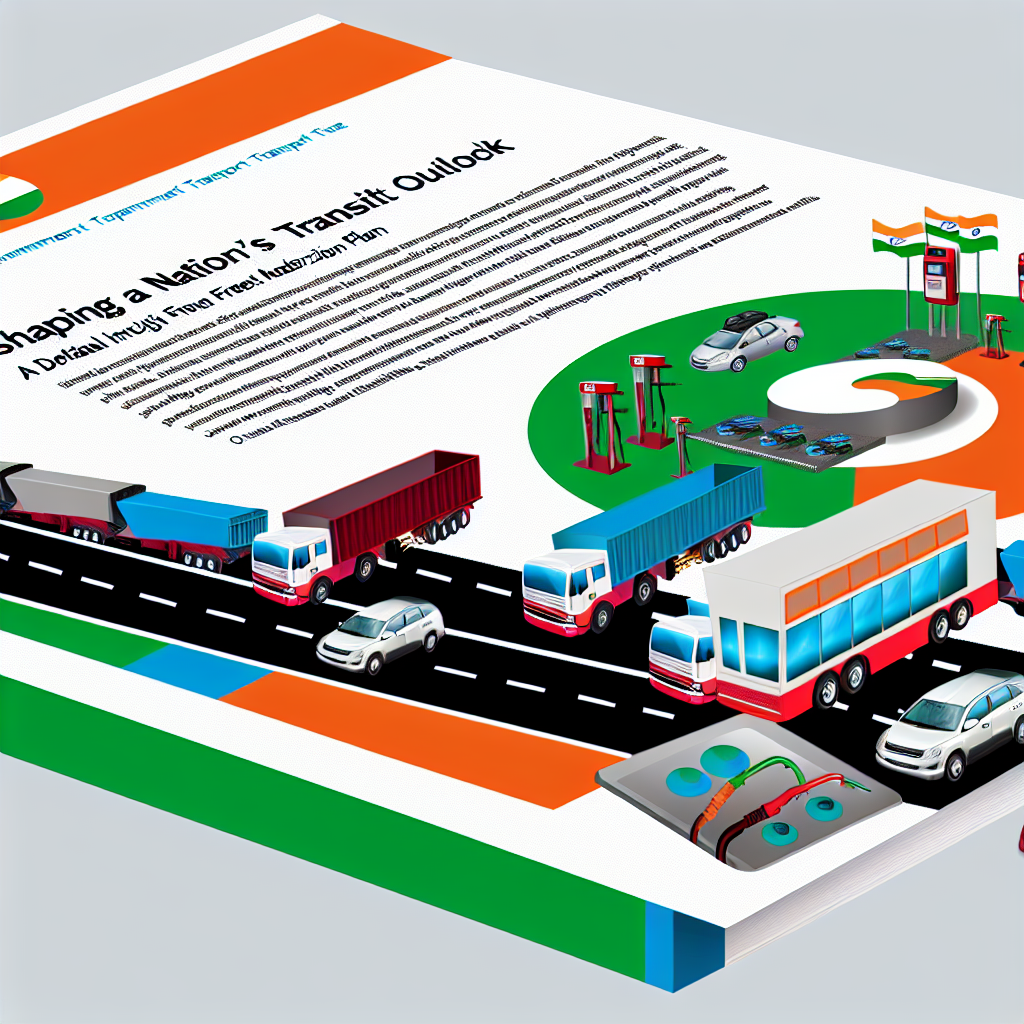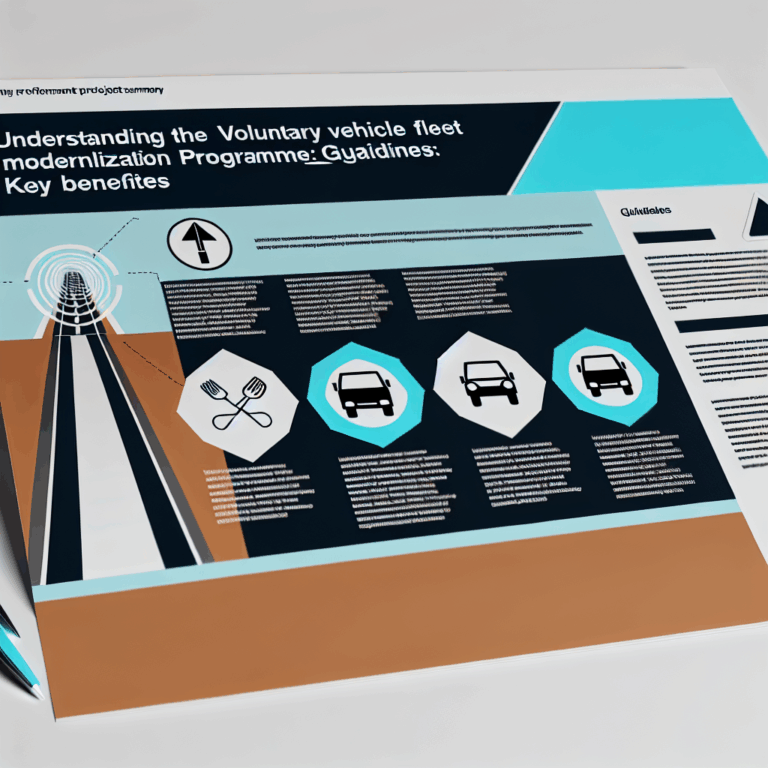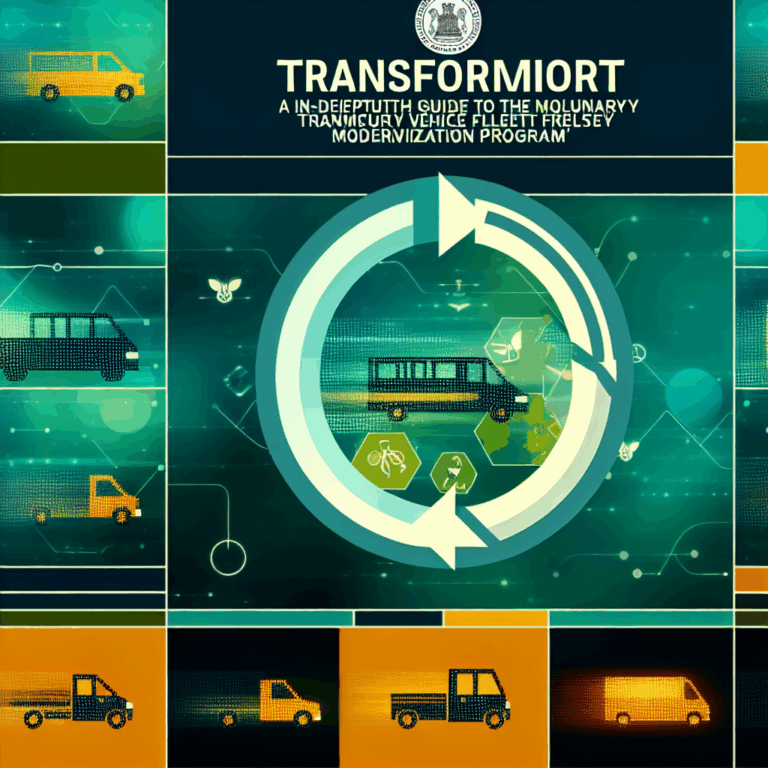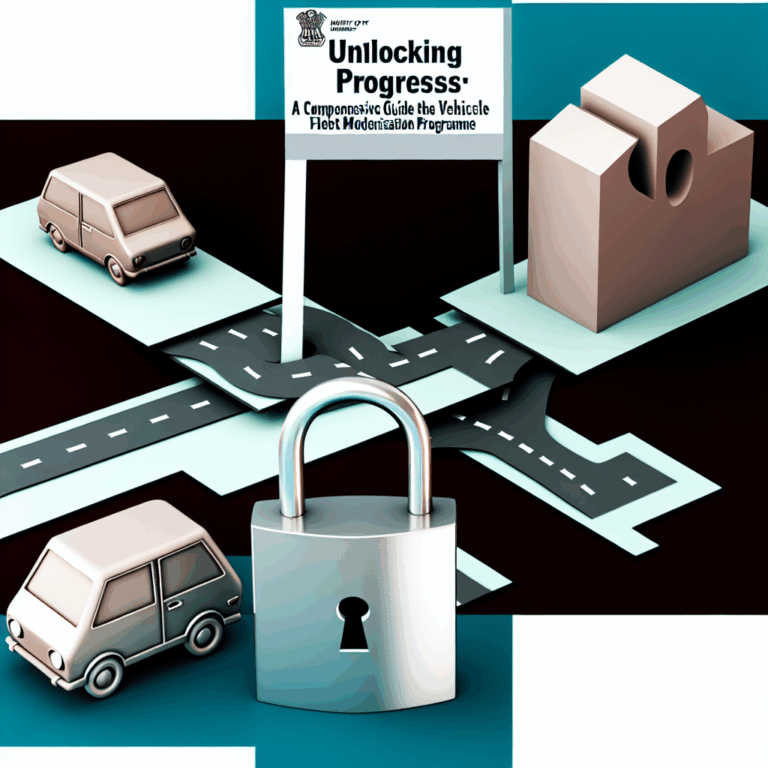Copyright @ 2023 www.digimitr.com. All rights reserved.

Enhancing India’s Transport Future: A Comprehensive Guide to the Voluntary Vehicle Fleet Modernization Programme by the Ministry of Road Transport & Highways
Discover the key aspects of the government scheme titled “Enhancing India’s Transport Future: A Comprehensive Guide to the Voluntary Vehicle Fleet Modernization Programme by the Ministry of Road Transport & Highways”. This scheme is overseen by the relevant ministry and aims on providing benefits to eligible beneficiaries.
Here is a comprehensive overview:
In recent years, India has been grappling with the dual challenges of an increasing number of vehicles on the roads and the pressing need to enhance environmental sustainability. The Voluntary Vehicle Fleet Modernization Programme (VVMP), introduced by the Ministry of Road Transport and Highways (MoRTH), is a key initiative aimed at addressing these challenges. It seeks to modernize the existing vehicle fleet by incentivizing vehicle owners to scrap older vehicles and replace them with cleaner, more efficient alternatives. This initiative not only promises to reduce vehicular pollution but also to ensure road safety and improve vehicle efficiency across the nation.
Eligibility Criteria
The eligibility for participating in the VVMP is designed to be inclusive, targeting various segments of vehicle owners. Primarily, it encompasses a range of categories including:
-
Old Vehicles: Owners of vehicles that are over 15 years old are encouraged to take advantage of this initiative. This age limit aligns with the objective of reducing pollutants emitted by outdated vehicles.
-
Commercial Vehicles: This category includes taxis, auto-rickshaws, and trucks that have crossed their useful life.
- Individual Owners: Private car owners also fall under the purview of this programme, allowing them to transition to newer models while contributing to the larger goal of environmental sustainability.
Key Features and Benefits
The VVMP is underpinned by several key features that highlight its sustainability objectives and benefits to vehicle owners:
-
Financial Incentives: To encourage participation, the programme offers substantial financial incentives for vehicle owners willing to scrap their old vehicles. These incentives may include discounts on road tax for new vehicles, as well as cash benefits that can range significantly based on the type and condition of the old vehicle.
-
Environmental Improvement: By promoting the scrapping of older, more polluting vehicles, the programme aims to drastically reduce the emission of harmful pollutants. This is crucial as vehicular pollution has become a significant contributor to air quality deterioration in urban areas.
-
Safety Enhancements: Newer vehicles come equipped with advanced safety features that older models often lack. Promoting the transition to modern vehicles can contribute to increased road safety.
- Economic Growth: The programme not only encourages the production of new vehicles but also stimulates the auto industry and creates jobs in manufacturing and related sectors.
Application Process
The application process for the VVMP is designed to be straightforward. Interested vehicle owners can follow these steps:
-
Registration: Vehicle owners must first register online through the official MoRTH website or local transport offices.
-
Verification: Once registered, the vehicle will be assessed for eligibility, including confirmation of its age and condition.
-
Scrapping Facility: Owners must identify a registered scrapping facility where their old vehicle can be dismantled.
- Incentive Disbursement: Upon successful scrapping of the old vehicle, the relevant financial incentives will be processed and credited either as cash payment or towards the purchase of a new vehicle.
Funding and Budget
The VVMP is supported by a robust funding mechanism aimed at ensuring the programme’s sustainability and effectiveness. The government has allocated significant budgetary resources to facilitate the implementation of this initiative. Funding sources may include:
-
Government Allocation: A portion of the national budget is earmarked for transportation and environmental initiatives, with the VVMP being a top priority.
-
Partnerships with Private Sector: Collaborations with private automotive industries and financial institutions further enhance the funding landscape, allowing for more comprehensive and dynamic service offerings.
- Continual Assessment: Budgetary allocations are periodically evaluated and adjusted based on participation rates and the overall effectiveness observed in reducing vehicular pollution.
Achievements or Impact
Since its inception, the VVMP has shown promising results in various metrics:
-
Reduction in Pollution: Preliminary reports indicate a marked decrease in air pollutants in major cities attributed to the decline in the number of older vehicles on the roads.
-
Increased Vehicle Sales: The programme has also stimulated the sales of new vehicles, particularly those adhering to stricter emission norms, thus contributing positively to the economy.
- Awareness Campaigns: Public awareness regarding the dangers of older vehicles and the benefits of modern alternatives has significantly increased.
Challenges (if any)
While the VVMP has been largely successful, it is not without its challenges. Some of these include:
-
Awareness: There remains a lack of understanding among vehicle owners regarding the benefits of participating in the programme, which can hinder overall uptake.
-
Infrastructure: The availability of adequate scrapping facilities across various states has not been uniform, creating bottlenecks in the application process.
- Economic Considerations: The financial incentives must be enticing enough to motivate vehicle owners, particularly those who may have budgetary constraints.
Recent Updates
The Ministry has continuously monitored and revised the VVMP based on feedback and ongoing evaluations. Recent updates include:
-
Increased Incentives: As a response to public demand, the government has increased the financial incentives for scrapping older vehicles, making participation more attractive.
-
Technological Integration: The application process has been integrated with advanced technologies to streamline registrations and track vehicle status in real-time.
- Community Engagement: Efforts have been made to involve local communities and organizations in awareness campaigns, reinforcing the benefits of vehicle modernization.
Conclusion
The Voluntary Vehicle Fleet Modernization Programme signifies a pivotal step toward enhancing India’s transport future, particularly in terms of environmental responsibility, road safety, and economic growth. By incentivizing the scrapping of outdated vehicles, the initiative paves the way for a cleaner, more efficient transportation ecosystem. As the programme continues to evolve, it remains vital to tackle the associated challenges and further enhance its reach and impact.
FAQ Section
1. What types of vehicles are eligible for the VVMP?
The VVMP primarily targets vehicles that are over 15 years old, which includes both commercial and individual vehicles, such as taxis, auto-rickshaws, and private cars.
2. How can I apply for the VVMP?
To apply for the VVMP, vehicle owners must register online through the MoRTH website or a local transport office, followed by a verification process and identification of a registered scrapping facility.
3. What financial incentives are available under this programme?
Financial incentives can include cash benefits and discounts on road tax when purchasing new vehicles. The amount varies based on the type and condition of the old vehicle being scrapped.
For more information, check out official government site,
Official government website or relevant source not provided.
Stay updated on related schemes and initiatives using hashtags: #Enhancing #Indias #Transport #Future #Comprehensive #Guide #Voluntary #Vehicle #Fleet #Modernization #Programme #Ministry #Road #Transport #Highways
Join the discussion about this scheme in the comments below!





